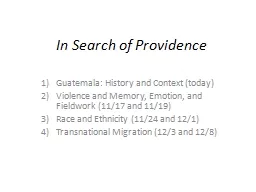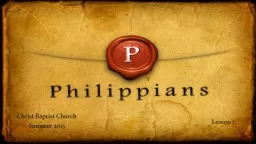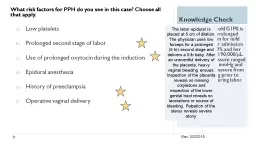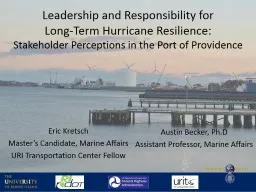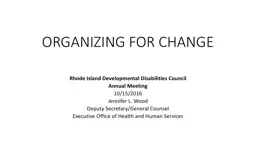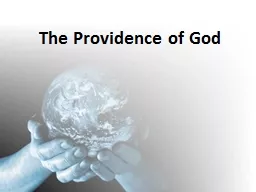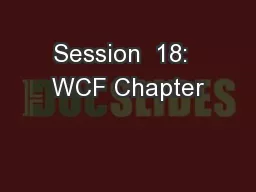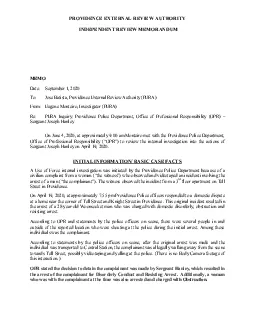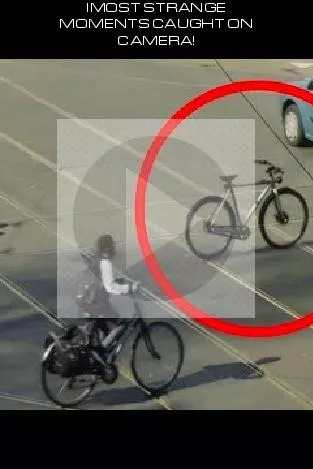PPT-In Search of Providence
Author : debby-jeon | Published Date : 2016-06-13
Guatemala History and Context today Violence and Memory Emotion and Fieldwork 1117 and 1119 Race and Ethnicity 1124 and 121 Transnational Migration 123 and 128 Mayans
Presentation Embed Code
Download Presentation
Download Presentation The PPT/PDF document "In Search of Providence" is the property of its rightful owner. Permission is granted to download and print the materials on this website for personal, non-commercial use only, and to display it on your personal computer provided you do not modify the materials and that you retain all copyright notices contained in the materials. By downloading content from our website, you accept the terms of this agreement.
In Search of Providence: Transcript
Download Rules Of Document
"In Search of Providence"The content belongs to its owner. You may download and print it for personal use, without modification, and keep all copyright notices. By downloading, you agree to these terms.
Related Documents

